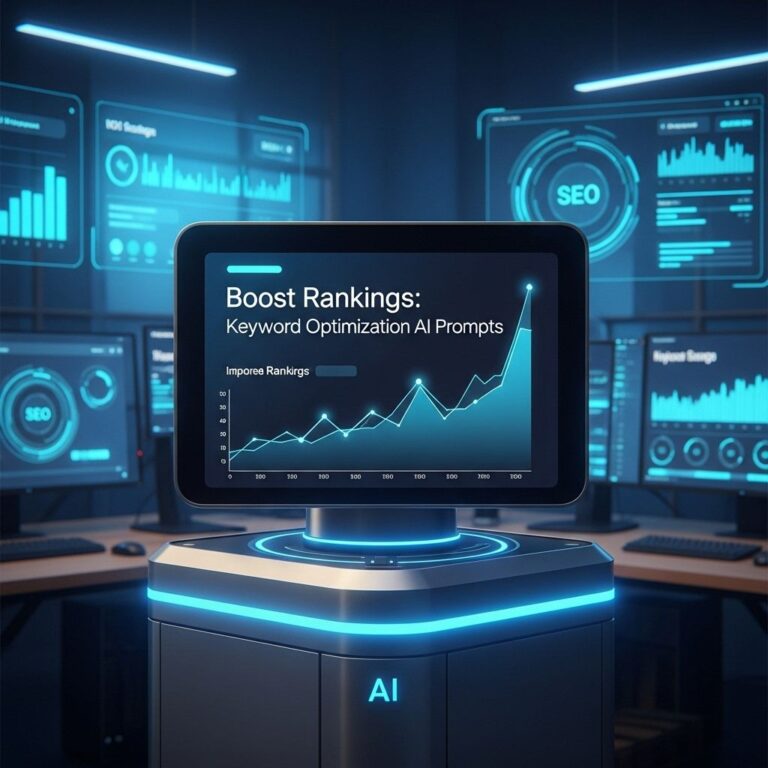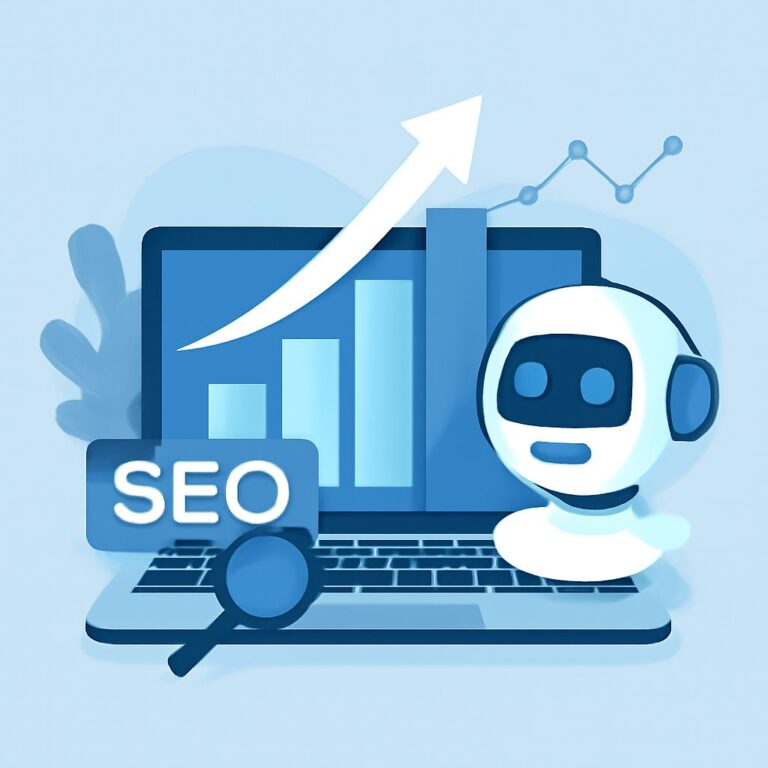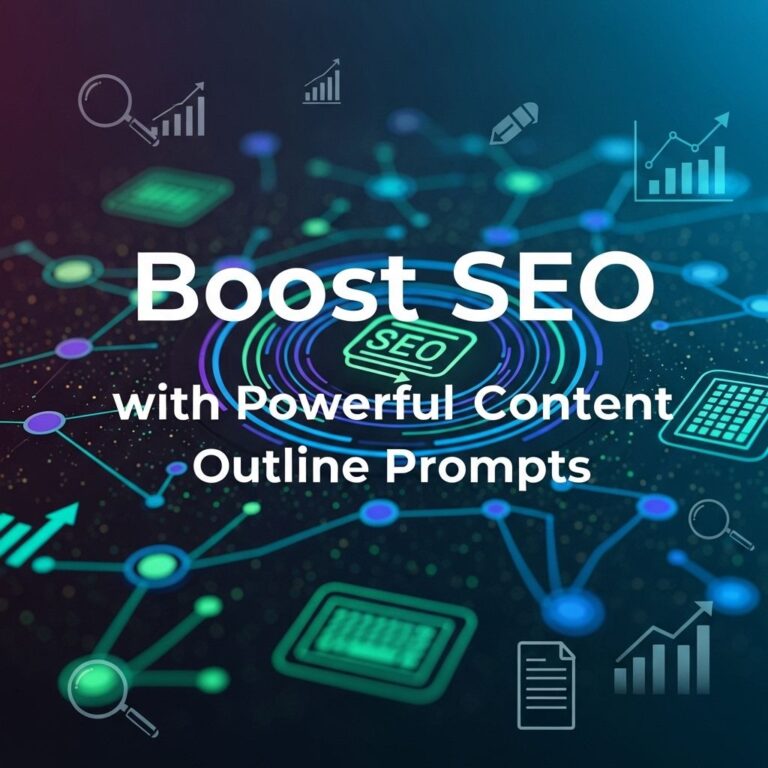In the vast ocean of the internet, where every moment, millions of new websites and pages pop up, crafting the perfect meta descriptions can feel like finding a needle in a haystack. A well-written meta description not only enhances your search engine results but also acts as a compelling invitation for users to click through to your content. With the rise of AI tools, generating effective, high-quality meta descriptions has never been easier. This article explores how to leverage AI to create the perfect meta descriptions, ensuring that your content stands out.
Table of Contents
Understanding the Importance of Meta Descriptions
Before diving into the methods of creating meta descriptions using AI, it’s essential to understand why these brief snippets hold significant value in the digital landscape.
What is a Meta Description?
A meta description is an HTML tag that provides a brief summary of a web page’s content. It typically appears under the page title in search engine results and can significantly influence a user’s decision to click on your link.
Why Meta Descriptions Matter
- Improved Click-Through Rate (CTR): A captivating meta description encourages users to click on your link over others.
- SEO Benefits: While meta descriptions themselves do not directly affect rankings, they play a crucial role in attracting clicks, which can indirectly impact your rankings.
- Enhanced User Experience: A well-crafted description gives users a clear idea of what to expect, leading to a better overall experience.
Key Components of an Effective Meta Description
Creating a compelling meta description requires a deep understanding of its key components:
Length
The ideal length for a meta description is between 150-160 characters. This ensures that the entire description is displayed in search results without getting cut off.
Content Relevance
Ensure that the meta description accurately reflects the content of the page. Misleading descriptions can lead to high bounce rates.
Incorporating Keywords
Strategically include relevant keywords that users are likely to search for. This not only helps in catching the eye of users but also aids in search engine optimization.
Call to Action
A strong call to action can entice users to click through. Phrases such as ‘Learn more,’ ‘Discover,’ or ‘Get started today’ can prompt users to engage with your content.
Using AI to Generate Meta Descriptions
AI tools have transformed how we create content, and generating meta descriptions is no exception. Here’s how to use AI for this purpose effectively:
Choosing the Right AI Tool
Several AI tools are available to help you generate meta descriptions. Here are some popular options:
| Tool | Features |
|---|---|
| Copy.ai | User-friendly interface with a variety of templates for meta descriptions. |
| Jasper | Advanced natural language processing to create persuasive meta descriptions. |
| Writesonic | Generates multiple variations of meta descriptions with a single prompt. |
| ChatGPT | Can generate human-like text based on provided prompts and context. |
Steps to Create Meta Descriptions with AI
Follow these steps to effectively utilize AI for crafting perfect meta descriptions:
- Define Your Content: Before using AI, clearly outline what your page is about, including its main topics and target audience.
- Select Your AI Tool: Choose an AI writing tool that suits your needs and budget.
- Input Relevant Details: Provide the AI with specific information about your content, including keywords and the desired tone.
- Generate Options: Use the AI to generate several meta description options.
- Edit and Optimize: Review the generated descriptions, make necessary edits, and ensure they meet the key components discussed earlier.
Best Practices for AI-Generated Meta Descriptions
Even with the assistance of AI, it’s important to adhere to best practices:
Review and Edit for Quality
Always review AI-generated descriptions for grammar, punctuation, and clarity. While AI is powerful, it can sometimes produce awkward sentences.
Test Variations
Consider A/B testing different meta descriptions to see which performs better in terms of click-through rate.
Stay Updated on SEO Trends
SEO is an ever-evolving field. Keep yourself informed about the latest trends and algorithm changes that may affect the effectiveness of your meta descriptions.
Conclusion
In conclusion, crafting perfect meta descriptions is essential for enhancing visibility and engagement in a crowded online landscape. By leveraging AI tools, you can generate compelling, high-quality meta descriptions that resonate with users and align with search engine best practices. Remember to continually refine your approach based on performance data and emerging trends, ensuring that your content remains relevant and engaging.
FAQ
What is a meta description?
A meta description is a brief summary of a webpage’s content that appears in search engine results, typically under the page title.
Why are meta descriptions important for SEO?
Meta descriptions are crucial for SEO as they influence click-through rates by providing a concise overview of the page’s content to potential visitors.
How can AI help in crafting meta descriptions?
AI can assist in generating engaging and relevant meta descriptions by analyzing keywords, content context, and user intent, ensuring they attract more clicks.
What are the best practices for writing effective meta descriptions?
Effective meta descriptions should be around 150-160 characters, include target keywords, and provide a compelling reason for users to click.
Can I use the same meta description for multiple pages?
No, each page should have a unique meta description to accurately reflect its content and improve SEO performance.
How often should I update my meta descriptions?
It’s advisable to review and update your meta descriptions periodically, especially after significant content changes or to improve click-through rates.









